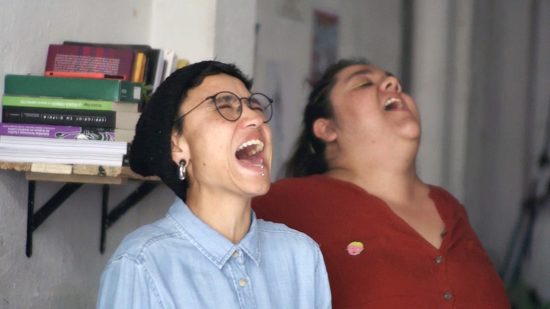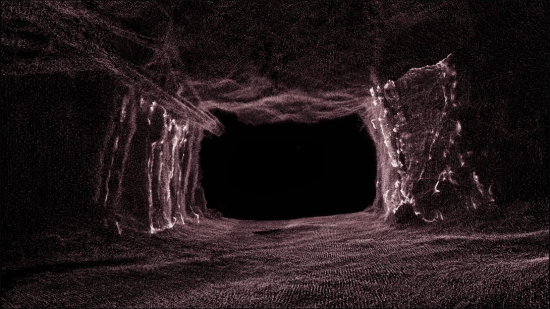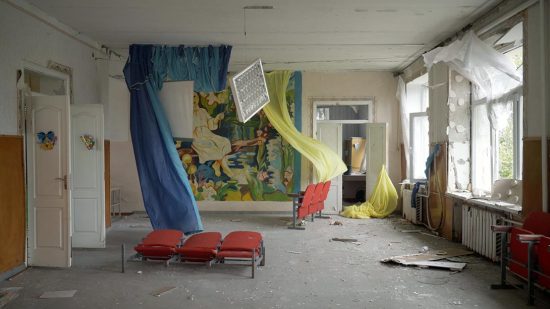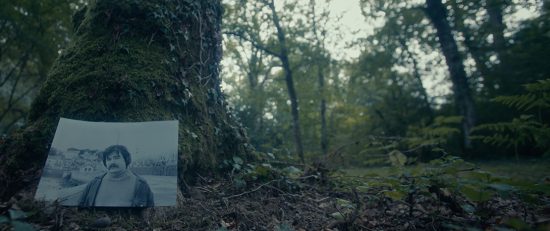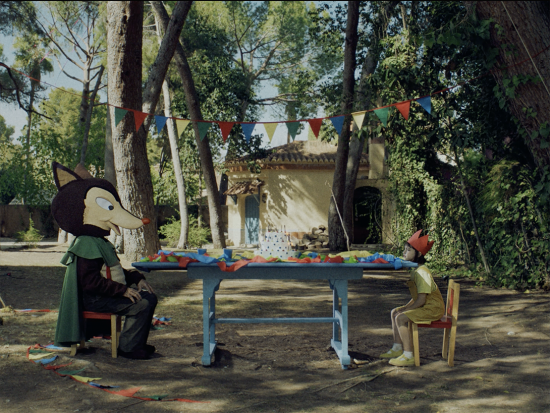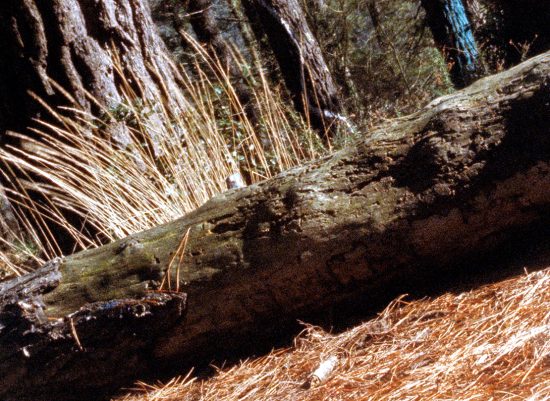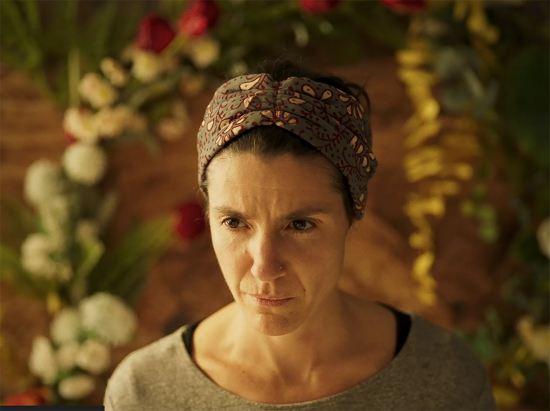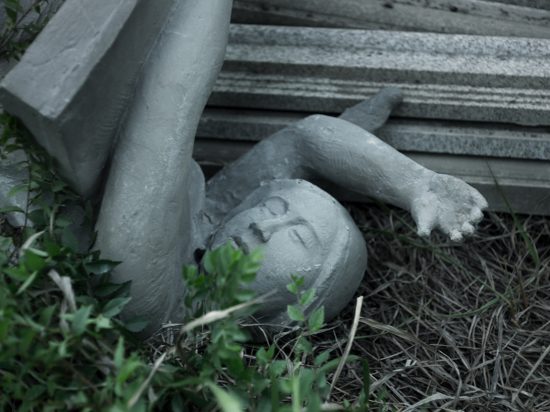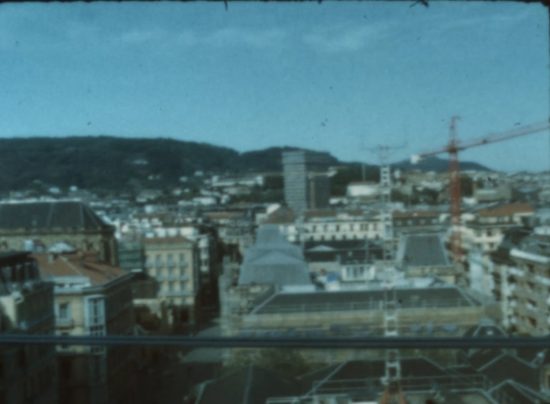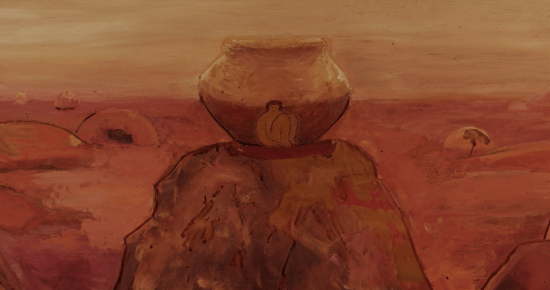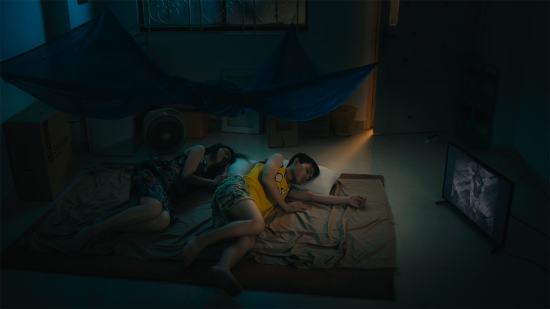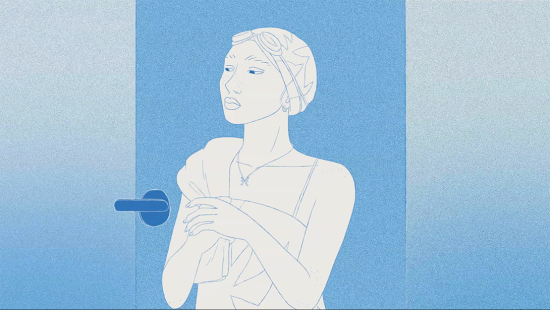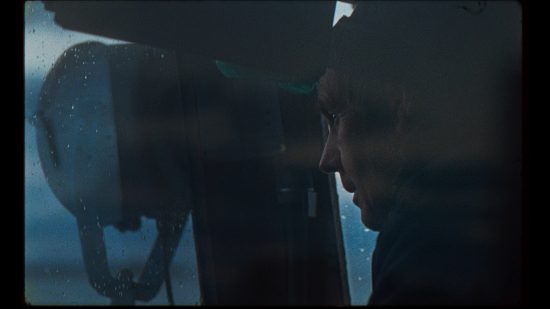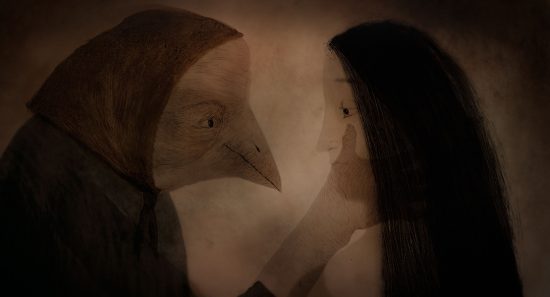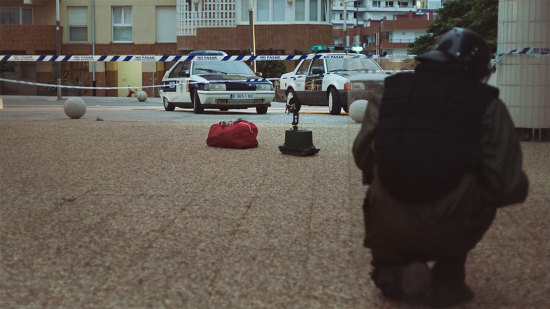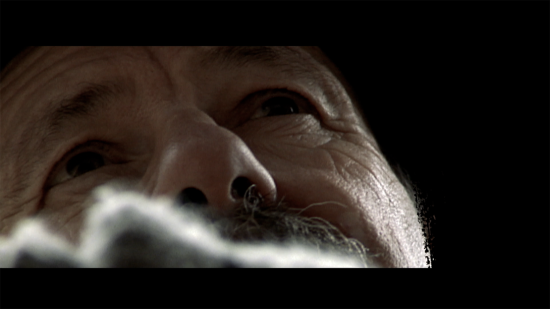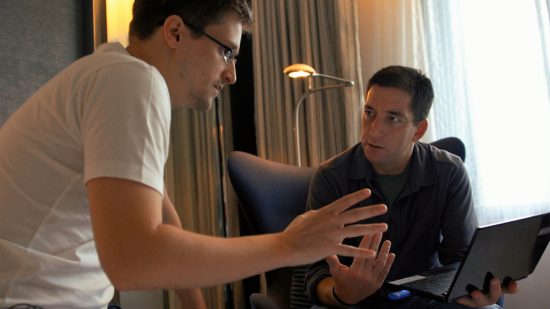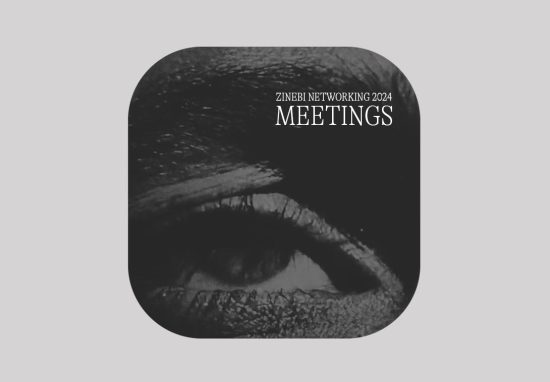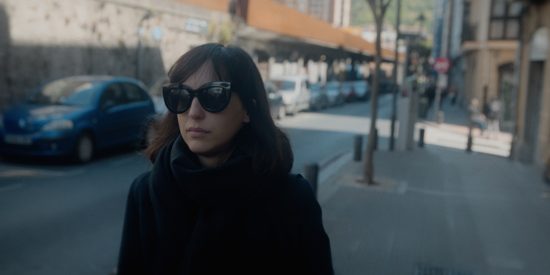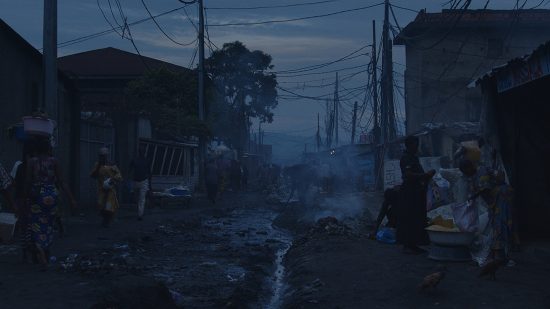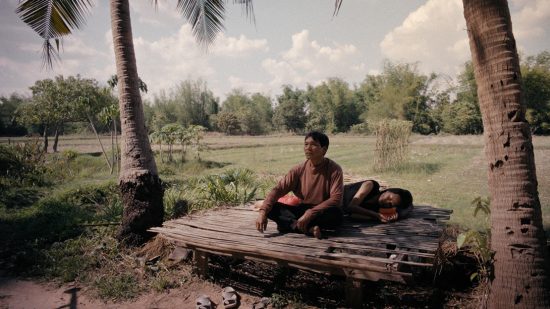


Turn your love into a weapon. This film reads Soviet revolutionary and sexual activist Alexandra Kollontai’s writings on female sexuality and emancipation, on the abolition of the family and the need to “change hearts and minds”. This reading traces a complex web of connections between 20th century European Marxist feminism and 21st century Latin American transfeminisms, and between the melancholic gaze of disenchantment and the furious, tender, and imperious demand that the Revolution, finally, fulfil its promise.
After his death, Fernando Ruiz Vergara left dozens of film sketches that he was never able to make. The Andalusian filmmaker had only directed one documentary, Rocío, heartbreaking and fascinating, cursed after its judicial censorship in the early years of democracy in Spain. Since then, his projects have remained latent in imagination and desire. In this film, we fabulate with those dreamed projects to bring them to the cinema from the present, as a gesture of resistance.
Sound and image stare each other in the face as Oksana Karpovych contrasts quiet compositions of everyday life of Ukrainians since the full-scale invasion with intercepted phone conversations between Russian soldiers and their families.
In 1980, the Spanish Basque Battalion group kidnapped and made Jose Miguel Etxeberria disappear. His brother Eneko was 15 then and has been searching for his body for 44 years. A police mercenary has given information that locates the body in an oak grove near the French town of Mont-de-Marsan. Eneko? Could it be true? This documentary raises questions as: How long would you look for the body of a family member? When is the hope lost?
Reality and imagination blend in a journey back to the director's childhood when she returns to the last place where she was with her father: the house in Campolivar.
The fungus Microsphaerella dearnessi, which affects the insigne pine variety, has stained the forests of the Basque Country brown, even infecting the painted forest of Oma, the artwork of the Basque artist Agustin Ibarrola. This work belongs to the Land Art movement, which is mainly characterised by its ephemeral nature. Within this movement, artists leave their works on display at the mercy of weather conditions and other elements beyond human control.
Elderly Amaia has Alzheimer's and can no longer recognize Nerea, her daughter. From her point of view, reality is distorted and being in a closed space makes the relationship between them unbearable.
A female worker at a closing stone factory, who had an undisclosed relationship with the supervisor and a passion for poetry, discovered a poster for a poetry sharing event in her usual old bookstore. From then on, waves of poetic inspiration surged through her heart at random moments, leading her to make an extraordinary choice to defend her poetry and spiritual freedom.
This short film talks about bodies that move, walk, swim, advance. Bodies that support other bodies, communicate, organise themselves. Complex movements that inscribe in the bodies the obstacles, the borders, the farewells, the walls, the family, the hopes, the arrival.
The change of place, the journey; as power, as possibility, as future.
In a dystopian world, a girl breaks her ceramic pot which holds a secret within. Its breaking opens portals to a parallel universe and the girl enters a time of transformation in which the creation of a new world is finally possible.
Echoed in a memory-laden house are daily conversations between a mother and her two sons, all seemingly asleep. This autobiographical short, in a hybrid form, chronicles a personal memory from director Le Ngoc Duy's adolescence using set design and reenactment to reconstruct his childhood home and featuring his mother’s voice as part of the cast.
Anxious teenager Ūla is taken on an unexpected adventure during her swimming practise, through which she grows-up and learns to see her body anew.
An essayistic documentary about human responsibility over the gifts of nature. Filmed at the old nuclear power plant Lubmin and the dwindling fisher villages nearby.
A wise birdwoman sends three birds to guide a girl into the dark unknown landscapes of her inner world.
Two actors meet at an audition for a film. When both are cast, a relationships starts to bloom through their characters. But our best intentions in fiction, do not always work out in reality. But, does it matter? Or is it more important to try?
The forest is full of spiritual and subconscious experiences, and art is the best vehicle to represent them so they can be understood and embraced. People often believe that remembering is simply looking back, whereas Ibarrola believed just the opposite, that it is marching forward.
Filmmaker Laura Poitras and journalist Glenn Greenwald’s encounter with Edward Snowden in Hong Kong as he hands over classified documents providing evidence of mass indiscriminate and illegal invasions of privacy by the National Security Agency (NSA).This documentary places you in the room with Poitras, Greenwald, and Snowden as they attempt to manage the media storm raging outside, forced to make quick decisions that will impact their lives and all of those around them.
A meeting to analyse the situation of audiovisual production in the Basque Country, the opportunities and challenges we face.
Bernardo and Esperanza met in Bilbao in 1978, when both were students at university in the midst of the turbulent political circumstances of the time. They had an on-off relationship—brimming with passionate encounters and inexplicable misunderstandings—until in 2001, during a trip to Havana to visit the aunt and cousin she had never met, the two forever went their different ways.
Kinshasa and its inhabitants are in darkness. They wait and struggle to get access to light. Between hope, disappointment and religious faith, Tongo Saa is a subtle and fragmented portrait of a population that, despite the challenges, is sublimated by the beauty of Kinshasa's nights.
Seeking to explore his newfound power to perceive beyond the strictures of time, Cambodian migrant Jit travels to Phimai, Thailand, believed to be the site of the epic conflict between prince Prajit, his beloved Orapim and Phommathat the King. In this temple town, Jit meets Pim and Tat, a young couple drifting apart, and together, the trio find themselves reprising the love triangle of legend.
